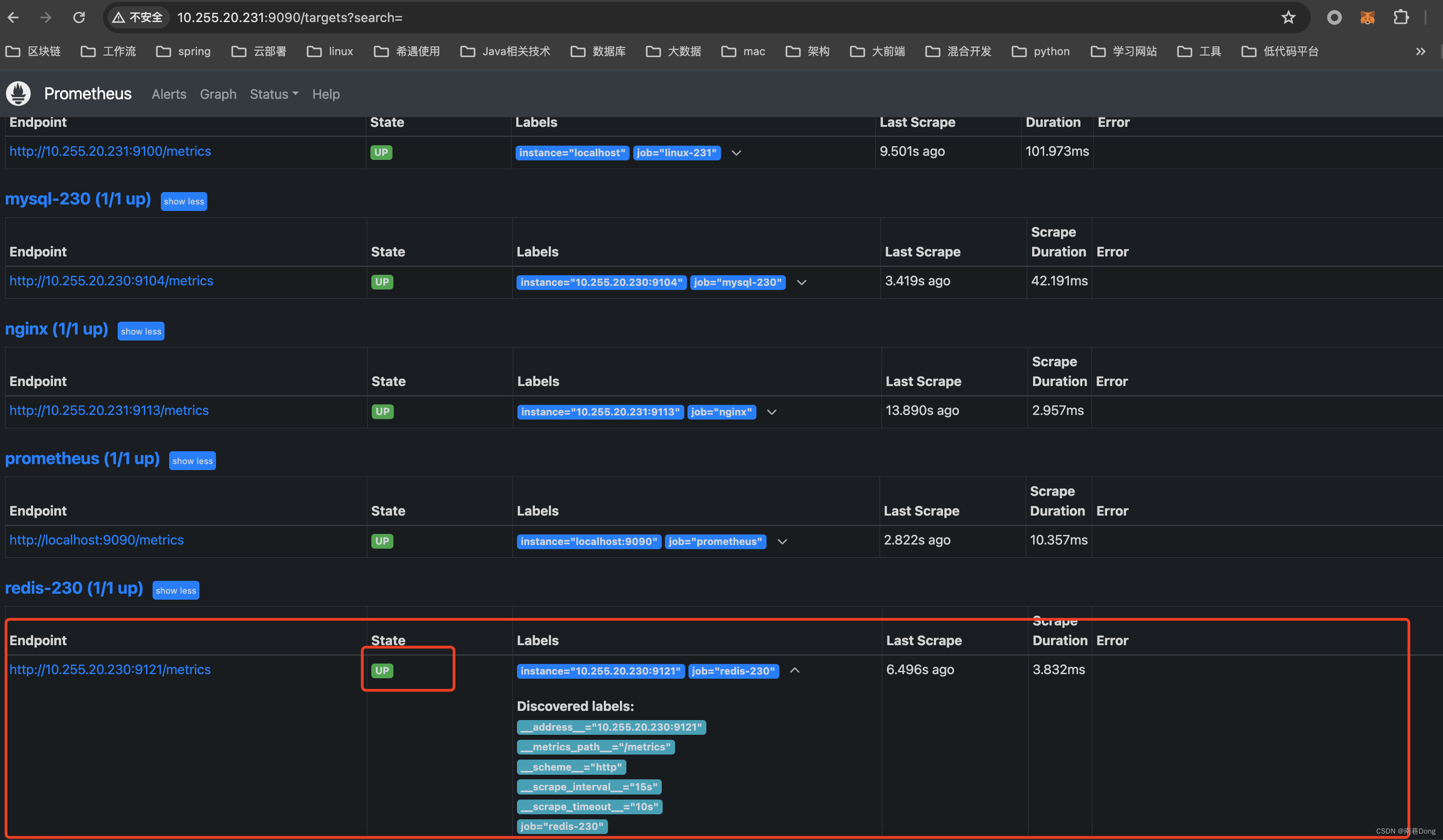本文介绍: 介绍Prometheus 支持 4 种 指标类型,分别是 Counter、Gauge、Histogram 和 Summary。Counter 指标类型,指标值是只能递增,不能递减的数值。需要注意的是,当 Prometheus server 重启时,指标值会被重置为 0。该指标类型可用于统计接口的请求数、错误数等使用场景。Gauge 指标类型,指标值是可增可减的数值。该指标类型可用于统计 C…
声明:本站所有文章,如无特殊说明或标注,均为本站原创发布。任何个人或组织,在未征得本站同意时,禁止复制、盗用、采集、发布本站内容到任何网站、书籍等各类媒体平台。如若本站内容侵犯了原著者的合法权益,可联系我们进行处理。







